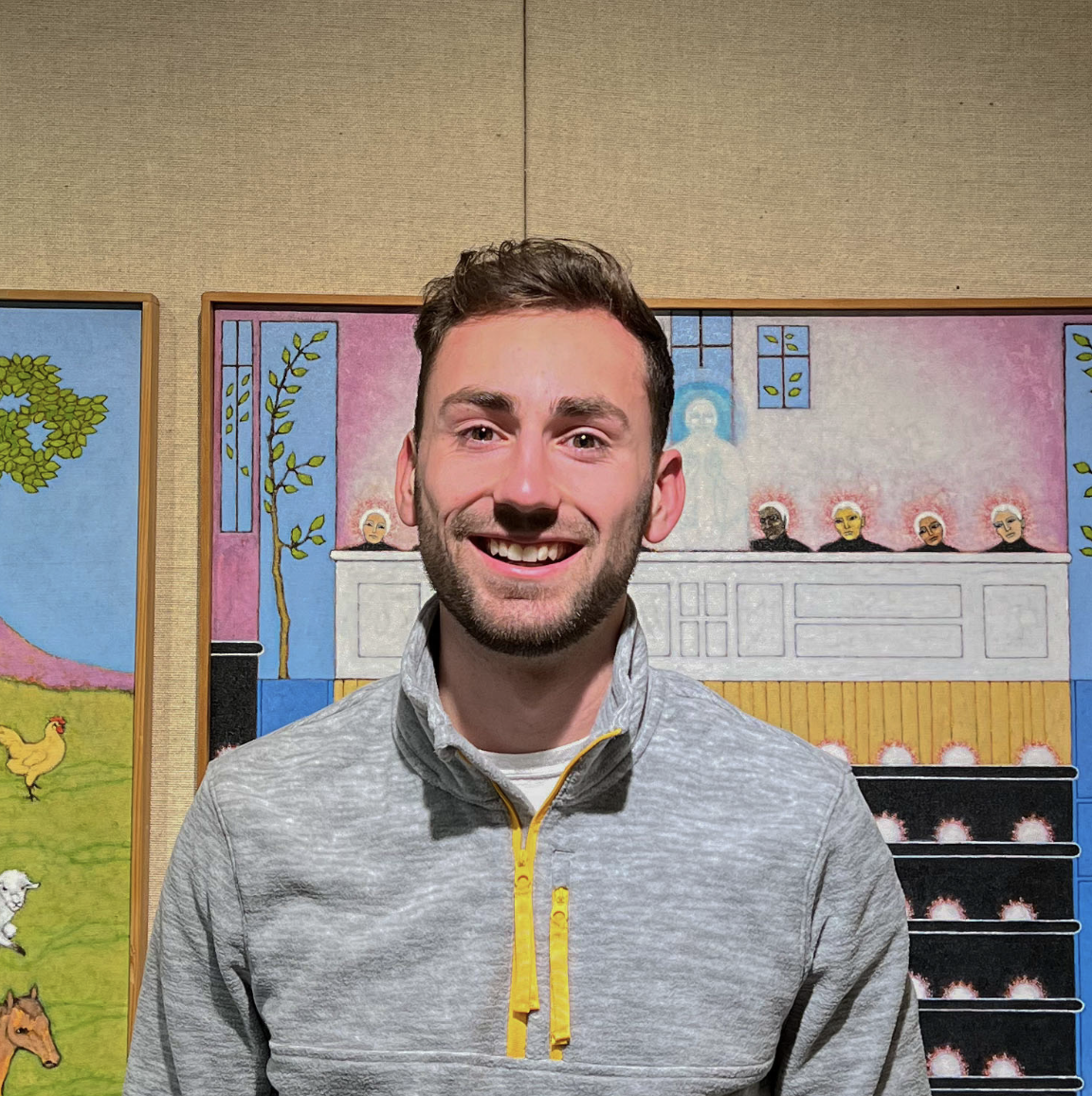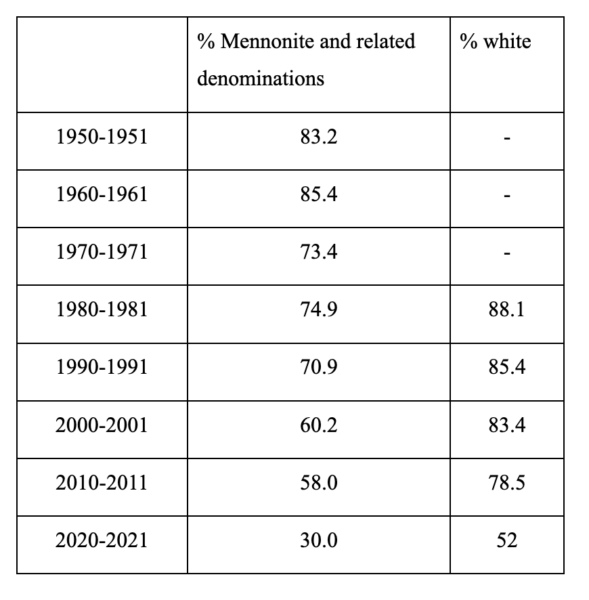I found Dontaye Albert and Dan Eash-Scott’s comments on Goshen College’s lack of diversity in The Record last month to be very informative and necessary. GC wants to be a welcoming place for everyone, but how does this actually play out for students and faculty who are members of minority groups?
I think GC’s ability to attract excellent faculty and its lack of diversity are two sides of the same “Mennonite coin.”
—
It seems the intersection of GC’s history as a Mennonite institution and lack of diversity and belonging has been unexplored in recent Record articles and I think it’s essential to both understanding and improving GC’s lack of diversity and belonging.
First, GC’s history as a Mennonite institution makes it innately built for white Mennonites. GC developed as a Mennonite institution in the early 1900s and for the past 100 years has spent a great deal of energy focusing on better serving a largely white Midwestern Mennonite population.
GC’s demographics have changed significantly in recent years. In 2007, 82% of the student body was white and 59% was Mennonite. This year, 46% are white and 23% are Mennonite.
Studying both chemistry and secondary education, I have seen how both departments have handled GC’s homogenous past and their current attempts to cultivate diversity.
The chemistry department at GC, while preparing myself well for a post-college career, has not adapted to GC’s changing demographics.
Faculty assumptions of student backgrounds and student support systems remain the same, privileging the traditional white or Mennonite students.
This is most evident to me in the introductory chemistry course, where there is a great deal of racial diversity, but this diversity is lost in upper level courses that are largely white and Mennonite.
The faculty in both of my departments are largely white and Mennonite, but there is still a clear difference between the departments’ commitment to Diversity, Equity and Inclusion (DEI).
This commitment cannot replace faculty diversity, but the culture of DEI can still be improved with the faculty we have.
Further complicating GC’s lack of faculty diversity is its identity as a Mennonite institution, which is heavily intertwined with its ability to attract quality faculty members.
I think GC’s ability to attract excellent faculty and its lack of diversity are two sides of the same “Mennonite coin.” The GC average faculty salary of $51,400, while comparable to other private Midwest institutions, is not competitive in larger academia.
It’s a definite pay cut for high quality professors, but GC’s unique identity as a Mennonite institution can make up for that and attract quality professors that share the Mennonite vision and values of the institution.
I am grateful to have had excellent faculty members like John Roth, Suzanne Ehst (who should teach more classes!) and Ryan Sensenig, who could definitely be paid better at more prestigious universities.
But the vast majority of Mennonites in North America are white and so the easier Mennonite hires leads to a largely white faculty body and decreased diversity.
However, 68% of faculty are Mennonite or of a related denomination while 93% of current faculty are white and so the Mennonite attraction, while being a strong factor, does not fully explain the homogeneity of GC’s faculty.
I now refer to Albert’s and Lauren Ford’s experiences and Eash-Scott’s statistics: that GC is not inclusive enough for BIPOC faculty.
I wonder if an institution designed for Mennonite students is also designed for Mennonite faculty: the close-knit Mennonite faculty may compound the lack of belonging BIPOC faculty face in addition to an already very white faculty.
This Mennonite identity that attracts excellent faculty members to GC might also marginalize BIPOC faculty who lack the context of a small denomination where everyone probably has a connection to everyone else.
I do not think the answer is for GC to discard its Mennonite identity and miss out on future excellent Mennonite faculty hires such as Joel Yoder, but it is clear that something needs to be done.
The Center for Community Engagement, while outside this article’s scope, is one area where I think GC is making significant progress in diversity and in the community and I look forward to seeing what the Center does.
We have to have diverse faculty, but GC can still make strides now to become a more inclusive campus.
During my time at GC, I have experienced both inclusive and non-inclusive classrooms and firmly believe significant steps towards a more inclusive campus are possible using the expertise that is already here.
To do this, departments must reexamine the accessibility of their pedagogy for all students, the support provided for GC’s broad student demographics, and inclusive departments must share their successes and recommend pedagogical changes to their colleagues.
I hope that this process will create a more inclusive campus environment — one where BIPOC faculty want to stay, Mennonite professors still connect with institutional values, our faculty represents our student body and BIPOC voices are heard as clearly as Mennonite ones.
A table on GC’s student body demographics. Note that data on student race was not recorded until 1971.




